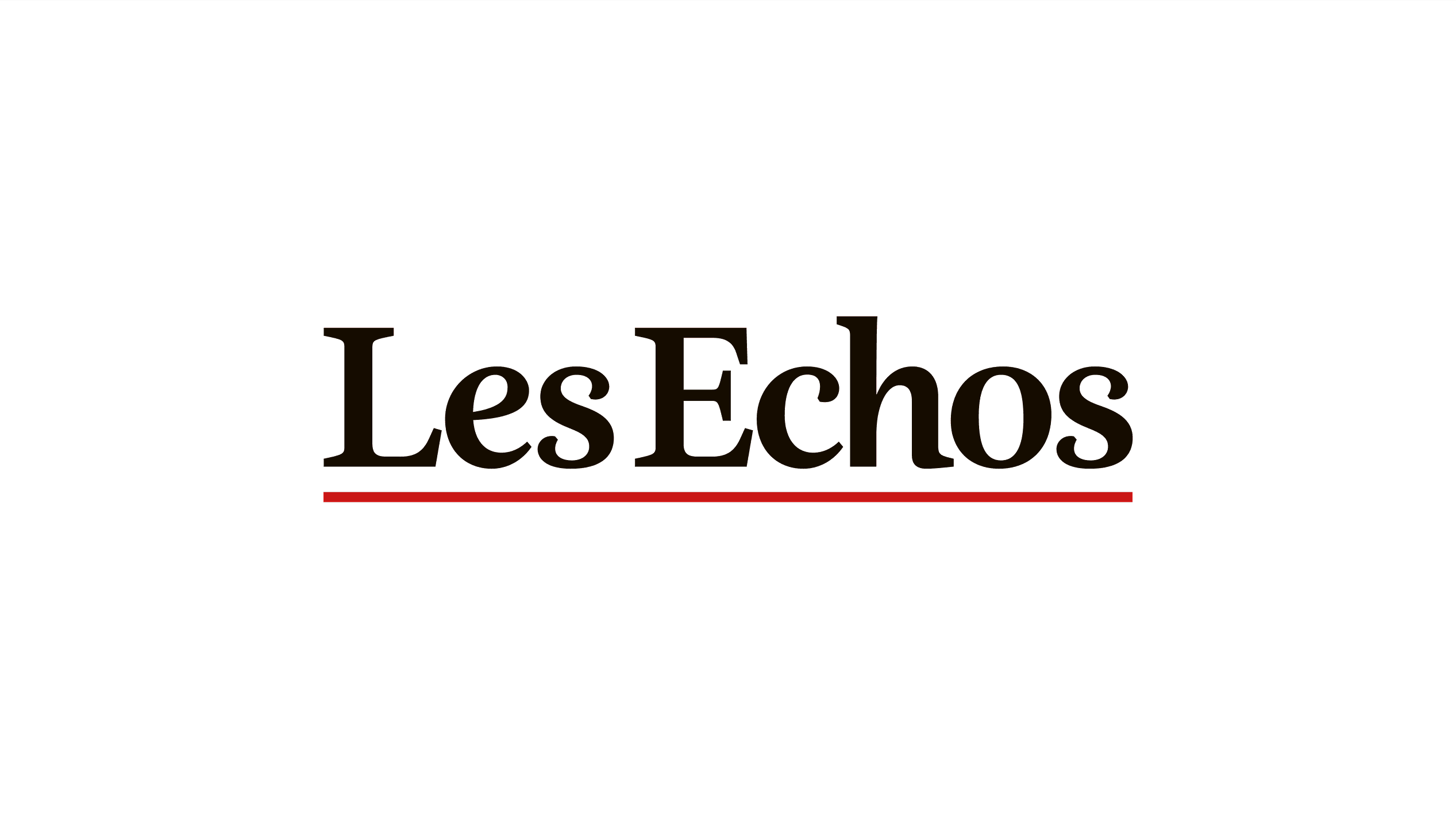When the real invites itself into the digital. Part 1
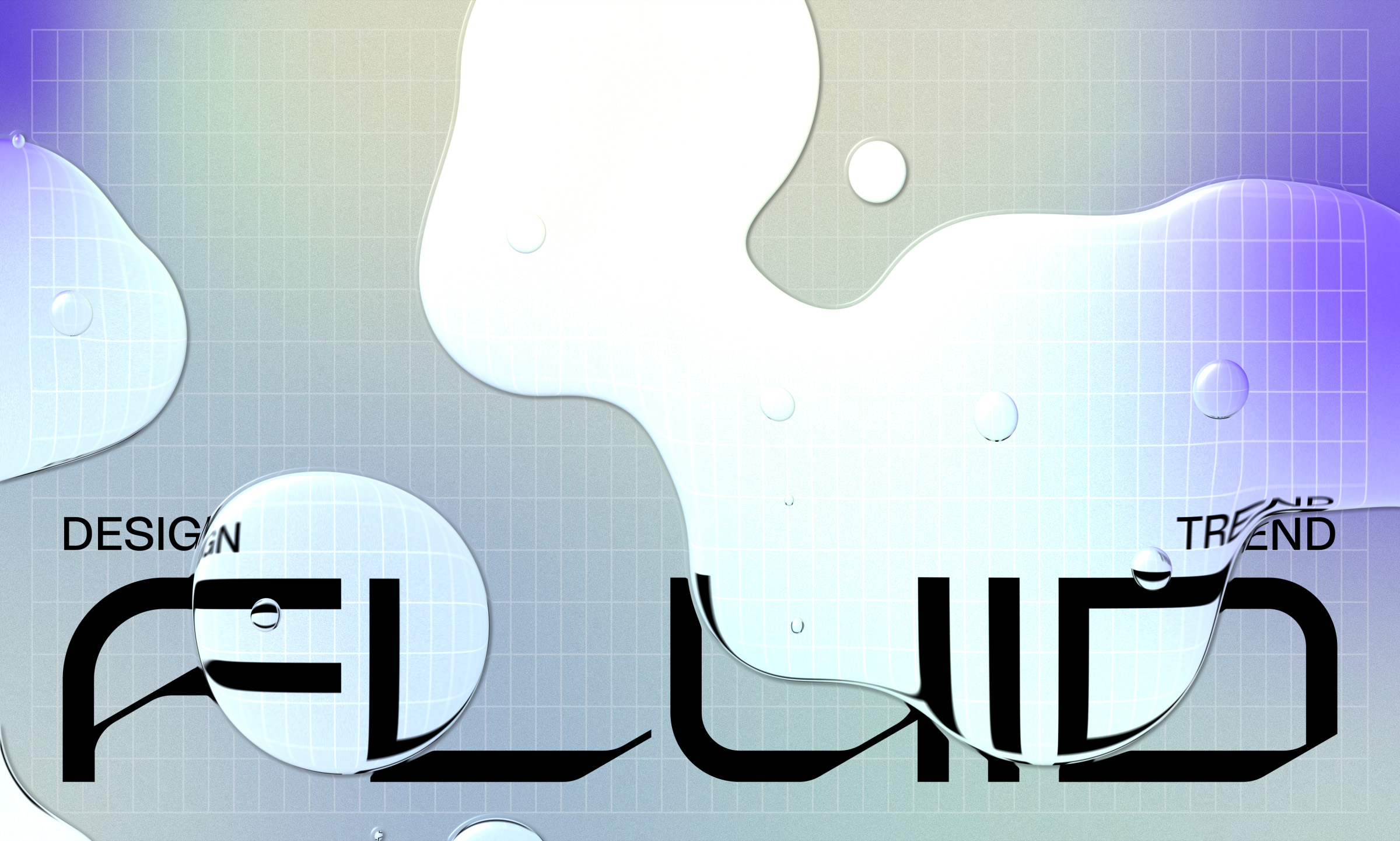
From fashionable video games, to art, luxury or the latest Instagram filter, you've probably noticed the rise of 3D design. On the border between the real and the virtual, objects once illustrated now come to life: they flow, bounce, shine, break. But where does this visual trend come from?
Seeming at first glance quite inaccessible, it is only recently that technological advances have allowed creative people to take an interest in it. More intuitive and accessible, they were able to appropriate these once very complex tools I'd like to discuss with you. In this article I'll talk textures and materials.
Part 1 : Textures and materials
One of the extremely widespread trends in 3D graphic design is that of virtual materials and textures. One of the most impressive things about 3D software is the pinpoint accuracy with which textures can be reproduced - from the imperfections of wood to the smooth sheen of water. Many designers take advantage of this opportunity offered by 3D software such as Blender, Cinema 4D, or the Adobe Substance suite released in 2021.
This trend has obvious roots in the conception of object design. Whether it's a walnut chair or a soap bubble, 3D is an ideal tool for modeling and experimenting with different materials. Like impressionist painters who went beyond academic representations by transcribing movement and light, contemporary creatives reflect the living through 3D. The imperfections of reality are reproduced and animate the images. Between real and virtual, 3D blurs the boundaries, sometimes making it difficult to identify the reality of reproduction.
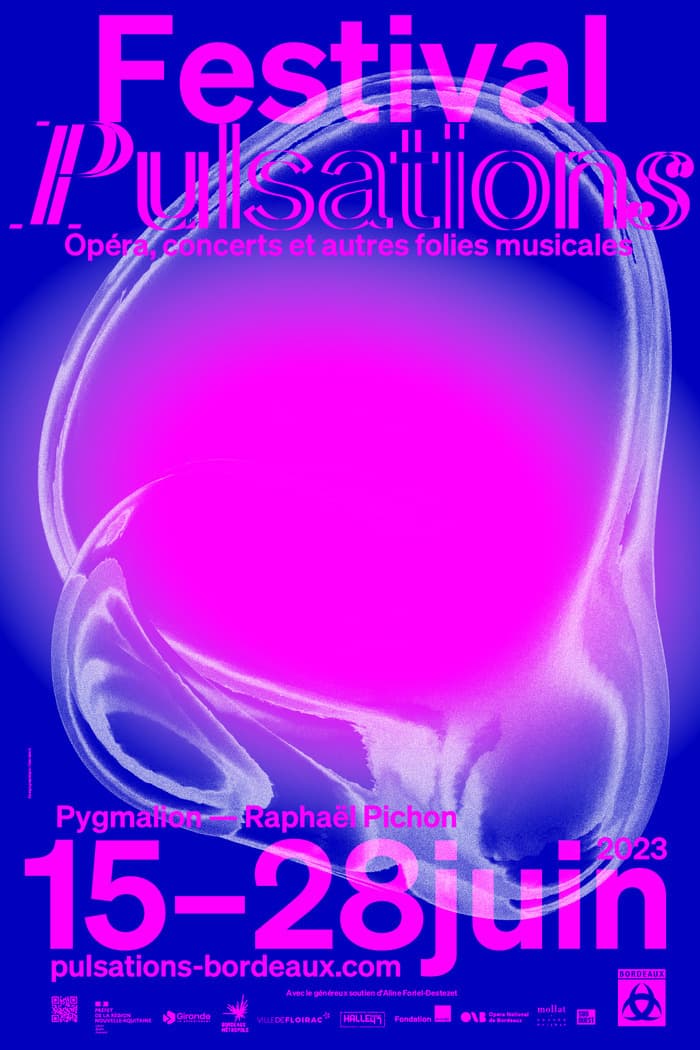
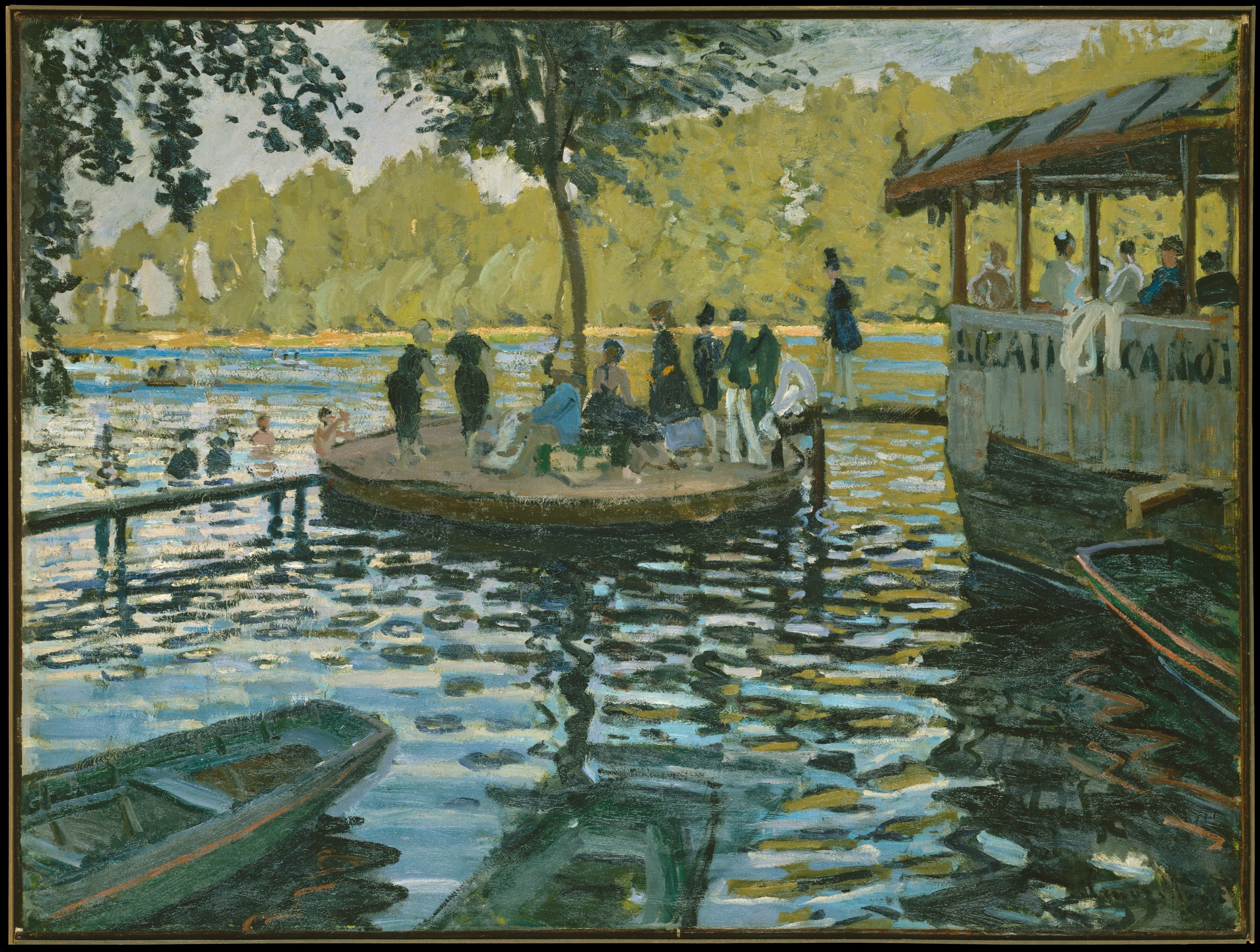
Yet, just as with our tendency to approach the real, this pragmatic use can also provide leeway for surrealism. Creatives go beyond the quest for reality and the technical approach of the tool to innovate. They transform real objects by creating strange and unexpected encounters.
Metaphysical
The visual artist and graphic designer Kushagra Gupta tries to move away from reality, he juxtaposes and contrasts materials that are difficult to associate. In his poster for Body Work, a techno/house event, the designer reflects his interpretation of intense and sometimes dark music by juxtaposing the liquid state and the solid aspect. For Kushagra makes 3D a joyful graphic playground with immense possibilities: "I can do so many iterations until I arrive at something that clicks and sparks joy. [.. .] I am always amazed by the things made possible by 3D technology”.
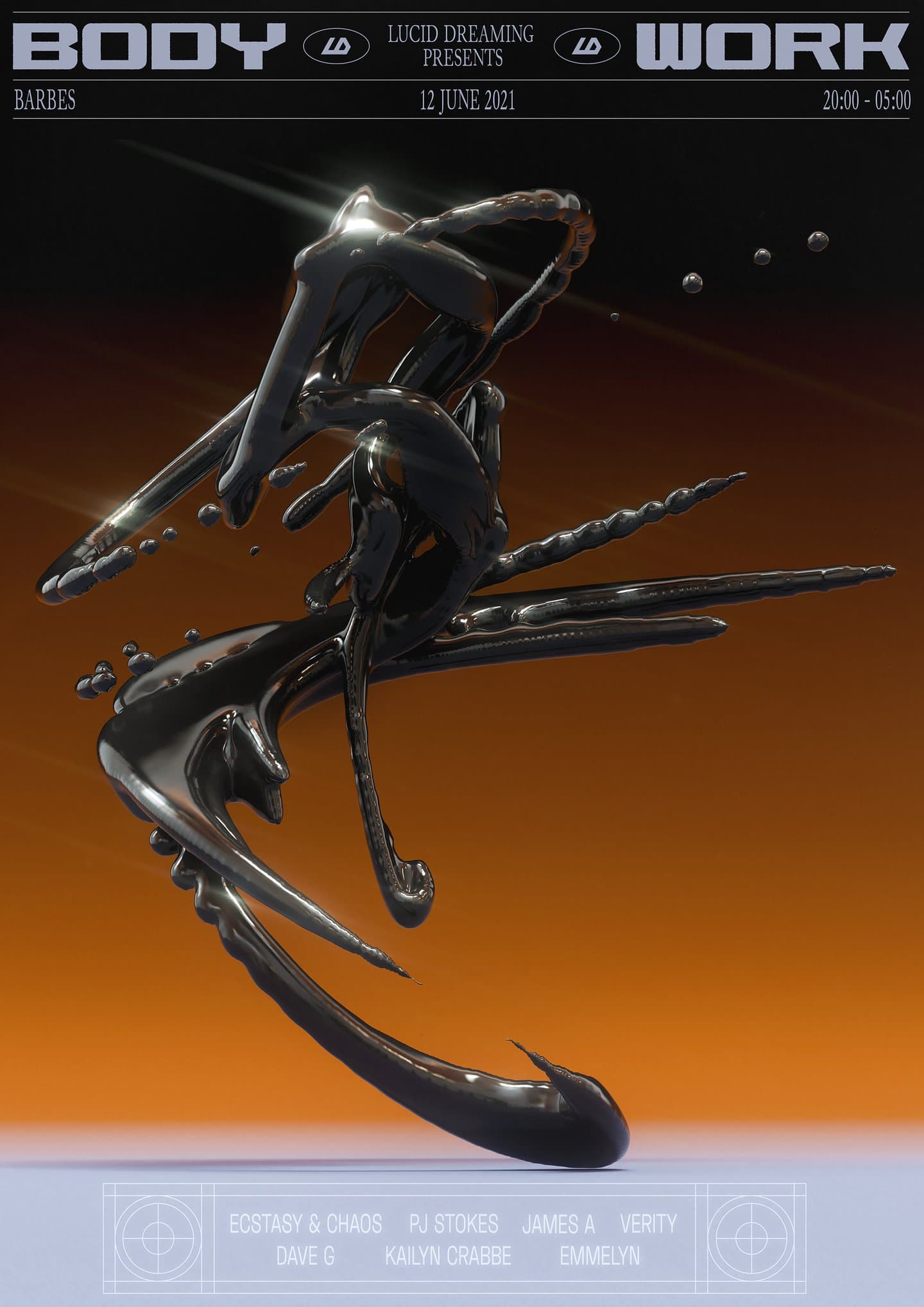
Overall, 3D design represents a powerful tool for artists and designers, allowing them to express their imagination and innovate in the creation of images and visual content. Whether in graphic design, animation, architecture, or other fields, 3D continues to play a prominent role in providing endless possibilities for bringing ideas to life and creating visually stunning works.
In short, 3D design represents a fascinating fusion between technology and creativity. It remains no less than a tool, where the personal expression of the designer is essential to go beyond its simple use and innovate in the visual field.
Sources / To go further:

